“The Future of Science in the 21st Century: Sustainability”
The 2012 symposium, the first one of this nature, took place the day before the Ceremony of Awards, on 25th October 2012, at the Université de Liege in Belgium. It stressed a vital problem that faces our world today: « Sustainability ». According to our first speaker, Professor Avner Friedman: « By sustainability, we mean the need to meet the needs of the present and future generations, while preserving the planet’s life support system. To meet this challenge we must develop efficient ways to produce renewable energy, ensure protection against diseases, and maintain healthy environmental standards ». Among the discussed topics are the following crucial subjects: Technologies that will Power Civilization; Challenges of Nanomaterials; Natural and Artificial Photosynthesis; Methanol Economy; Development of New Energies for the Future; Nano: Solutions for Securing Supplies of Raw Materials; Advanced Metals for Energy Applications; Technological Improvements of Radioactivity Applications in Healthcare; Developing Effectiveness of New Medicines; and, From the Life Sciences to the Materials of the Future.
Speakers
In collaboration with
Gallery
Speakers and abstracts
Morning Session
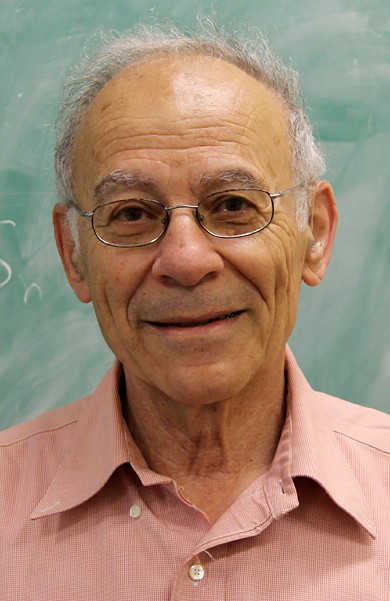
Professor Avner Friedman, United States
“Technologies that will power Civilization”
By “sustainability” we mean the need to meet the needs of the present and future generations, while preserving the planet’s life support system. To meet this challenge we must develop efficient ways to produce renewable energy, ensure protection against diseases, and maintain healthy environmental standards. In this talk I will give some examples where the mathematical sciences can contribute to the development of technologies that address the above challenges. Examples will include an approach to exploit solar energy using voltaic cells, models which would increase understanding how to protect against diseases, and ways and means to address pollution in ground water and air.
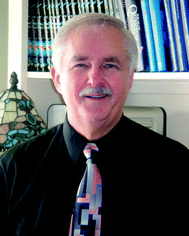
Jerzy Leszczynski, United States
“Nano: Chance or Curse of Current Century?”
Nanotechnology has emerged at the forefront of science and technology developments. This is due to the fact that nanoparticles (NPs) have a wide range of applications in different aspects of human life. The list of consumer goods developed in the nano-field is constantly increasing. Approximately 1015 different products containing nanomaterials were marketed in 2009. However, there is also the other, disturbing side, of fast advances in nanotechnology. Therefore, it is a crucial role of scientists to uncover potential side effects of nanoparticles, inform the public, and provide solutions to the possible problems. The truth is that due to unique properties of NPs they could be harmful to the environment and humans. The pharmaco-kinetic studies show that different types of nanoparticles can be found in various cells such as mitochondria, lipid vesicles, fibroblasts, nucleus, or macrophages. There is a necessity to develop alternative methods, easy to use, fast, and efficient, to the present techniques that are used to study different properties of nanomaterials, including their toxicity. Computational chemistry provides diverse tools that could evaluate molecular interactions among various species including nanoparticles and models of different biological species, and predict their properties and biological activities. The talk will be devoted to discussion of new challenges that nanomaterials create for the society. A part of the lecture will cover development of novel computational approaches, appropriate for evaluation of properties and activities of nanostructures. The obtained results could be used as a first step in developing mechanisms that explain complex interactions of nanomaterials with biomolecules.
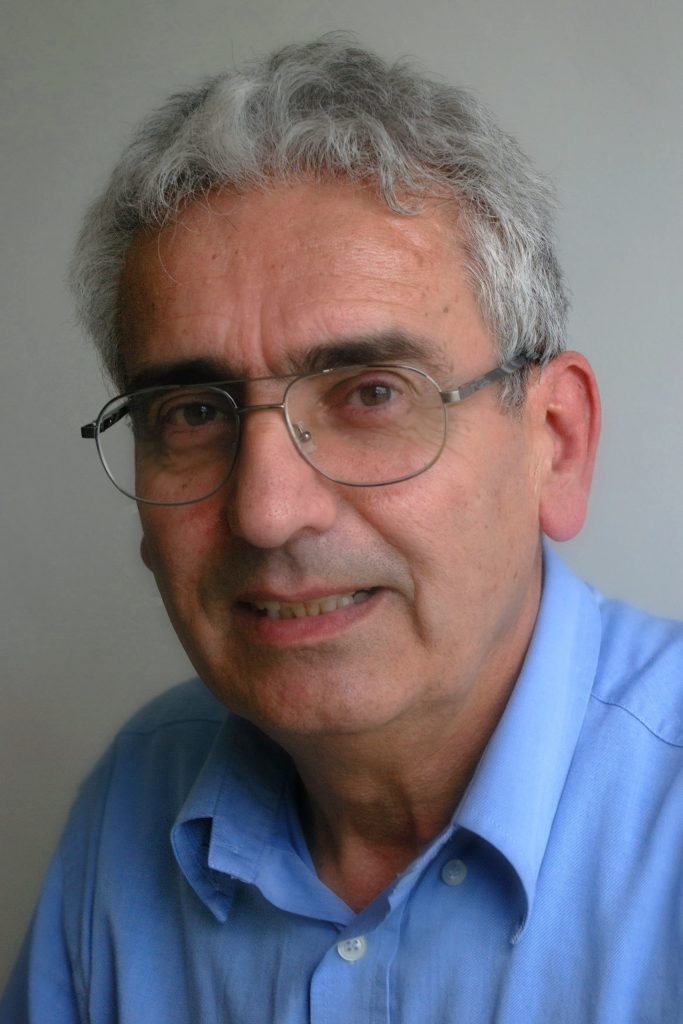
Professor Vincenzo Balzani, Italy
“Natural and Artificial Photosynthesis: Basic Century”
To exploit sunlight, Nature has developed in billions of years photosynthesis, a very complex process that has produced fossil fuels (coal, oil, and natural gas) through an intricate net of chemical reactions. Fossil fuels are concentrated forms of energy that can be easily stored and transported. Since they are going to be exhausted and their use causes severe damages to human health and environment, scientists are now engaged to find the way of using sunlight for producing clean fuels. With this aim, scientists have carefully investigated the complex mechanism of natural photosynthesis and are now trying to create artificial photosynthetic processes much simpler than the natural one and capable of producing the simplest solar fuel: hydrogen from water splitting. The most recent achievements in this field will be presented and discussed.
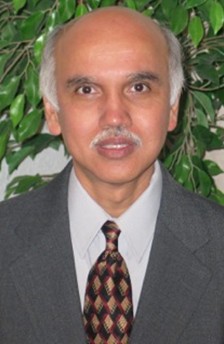
Professor Surya Prakash, United States
“Beyond Oil and Gas: the Methanol Economy”
Methanol is much preferable to hydrogen for energy storage and transportation. It is also an excellent fuel for heat engines and fuel cells and a convenient raw material for synthetic hydrocarbons and their varied products. Chemical recycling of excess carbon dioxide formed from human activities, natural and industrial sources, or even from the air to methanol via capture followed by reductive conversion with hydrogen is possible. Any available energy source (preferably alternative energies such as solar, atomic, etc.) can provide the needed energy, primarily generating hydrogen. Direct electrochemical reduction of CO2 is also possible. Methanol, presently produced from fossil fuel based syngas (mixture of CO and H2), can also be made by direct oxidative conversion of natural gas or other methane sources. Even biomass can be converted to methanol through syngas. The Methanol Economy concept is expected to solve the energy & material problems in the long run and at the same time address the issue of global warming.
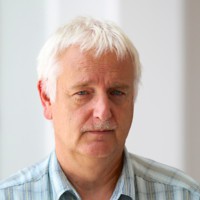
Doctor Eric Gaffet, France
“Solutions for Securing Supplies of Raw Materials”
The creation of new materials designed for sustainable development, for new technologies and for new sources of energy, is largely dependant on rare chemical elements, which were until now produced in small amounts. The question of the availability and/or substitution of those materials is then critical for the future. Several ways of designing new materials are currently in development. The first is to make new products that use the same metal but in smaller amounts, such as new catalysts that contain less platinum. A second option is to replace a rare or risky metal by another more common or less risky metal. For example, considerable efforts are being made to develop new magnets to replace neodymium based ones (neodymium is one of the Rare Earth Elements). A third way to make new products is to replace metal-based materials with carbon-based or bio sourced materials. Amongst new materials being considered, the talk will be devoted to discussion on one of the most promising family, i.e. the so-called nano-structured materials, which display outstanding properties, which are still not entirely understood. The full lifecycle assessment taking into account the nanorisks and the new approach so –called “safer by design/process” will be also addressed.
Afternoon session
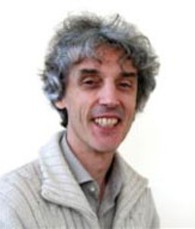
Professor Frédéric Bourgois, Chief Technological Officer of XYLOWATT
“Development of New Energies for the Future”
In the early 1980s, the concept of combined heat and power generation through biomass gasification was one of many research programmes at UCL (Catholic University of Louvain – Belgium). In 2001, XYLOWATT was set up to finalise the development of this combined heat and power generation technology and to undergo its commercialisation. Thanks to an exclusive World-First development from XYLOWATT, a clean, tar-free ‘Woodgas’ is produced by the NOTAR® reactor, adapted for natural wood as well as other types of contaminated biomass. XYLOWATT is involved from the very conception stage of your energy project: electrical and thermal power design, financing, subsidiary investment conception. XYLOWATT futher ensures the on-site assembly, the start-up and operational management of the installation (24/7 maintenance and remote control). The combined Heat and Power plants developed by XYLOWATT are wholly in keeping with the principles of Sustainable Development and stand as an economical, efficient way of producing electricity and heat.
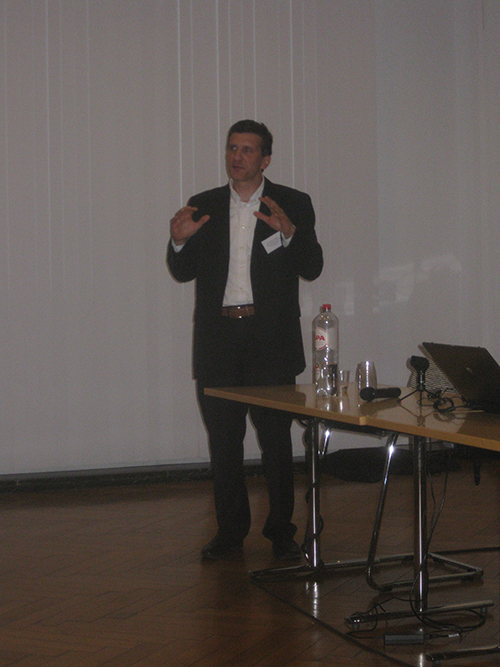
Doctor Fabrizio Maseri, CRM Group
“Advanced Metals for Energy Applications: How to make a bridge between Fundamentals & Industry?””
CRM Group is a research centre mainly dedicated to metal and steel industry and associated materials. The CRM group activities extend from the elaboration processes of metals to surface treatments, innovative coatings and coating technologies, passing by metallic products processing and design in order to develop and industrialize innovative technologies, products and solutions in the field of metals and answering the needs of customers and markets and in adequation with sustainability In particular in the field of new coatings and associated coating technologies, CRM Group has been creating, developping and industrializing new functionalized products for more than 10 years in various domains as: -Energy (solar absorbers, light reflectors, Organic Light Emitting Devices and more recently photovoltaic cells and fuel cells, …) -Health & Environment (air depollution , antimicrobial…) -Aesthetic (new looks, anti-fingerprint, self and easy-cleaning and anti-soiling…) -Metal processing (ecological & multi-functional surface treatments for corrosion protection, painting adhesion, self-lubricant properties, …)
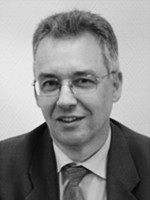
Doctor Richard Zimmermann, Vice-President Radiopharmaceutical Development IBA
“Technological Improvements of Radioactivity Applications in Healthcare “
Despite the bad image carried by radioactivity, the fields of nuclear medicine, radiology and external radiotherapy have made tremendous progresses in the past forty years for the real benefit of patients. New imaging technologies such as Positron Emission Tomography (PET) are now used in the daily routine diagnosis and follow up of cancer patients. The first Radio-Immuno-Therapeutics (RIT) agents have proven very high efficacy compared to chemotherapy, in e.g. non-hodgkin lymphoma patient treatments. The conventional external radiotherapy techniques used almost for a century opened to an entire new field of applications showing much less side effects by using proton beams in Proton Therapy (PT). The convergence of knowledge in medicine, physics, chemistry, biology and engineering has led to this high level of performance. The presentation will focus on a series of major technology revolutions in this field and introduced in healthcare practice during the first years of this century. Further improvements that are expected very soon, will be addressed as well to show that the benefit for patients will not be limited to oncology, but will cover other large areas such as neurology and cardiology.

Mrs Valérie Gordenne, Chief Production Officer of Uteron Pharma S.A, Pharmaceutical Manager of Mithra Pharmaceuticals S.A
“Developing Effectiveness of New Medicines: (Cancer, Infertility): MITHRA Story, a Success of Scientific Research”
Founded in Liège in May 1999, Mithra Pharmaceuticals focused exclusively on Female Healthcare. Spin-off of the University of Liège, Mithra commercializes products and treatments in the following four therapeutical fields : – Contraception & Fertility; – Menopause & Osteoporosis; – Utero-vaginal Sphere; – Female cancer. From 1999 till 2010, Mithra has invested more than 40 million euros in Research and Development. In 2010, all R & D projects have been transferred to independent and autonomous group Uteron Pharma based in Liege.
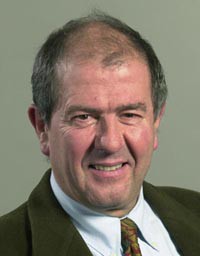
Professor Joseph Martial, Founder and Past Chairman of the Board of Directors at EUROGENTEC President of GIGA, Founder of Symbiose Biotech S.A
“From the Life Sciences to the Materials of the Future”
This presentation will summarise how collaborative research conducted by several laboratories at the University of Liège (Biology, Chemistry) and the RDCS research centre of Arcelor Mittal led to creating an innovation platform (Marshall Plan, Walloon Region) called Symbiose Biotech s.a. The aim of this company is to enable Walloon and international companies to benefit from the multiple expertise and know-how gained in molecular biomimetics. The technologies of Symbiose Biotech s.a. pave the way to breakthrough technological developments privileging environment-friendly processes and implementation conditions compatible with existing industrial processes.
In collaboration with:


Gallery














































































